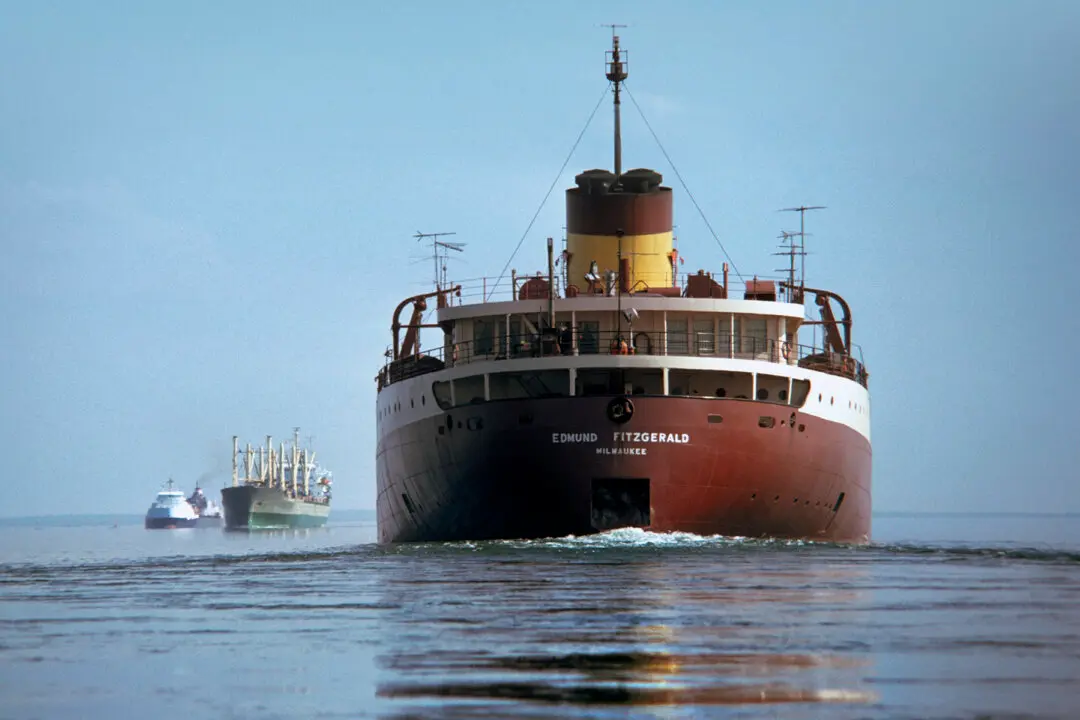It originally aired back in the day when Americans had three TV stations to choose from, and when every household had a designated channel changer instead of remote control. In a way, the limited channels brought the country together. From the subways to the mountains, from the rich to the poor, young and old alike, we’d likely all watched the same thing on TV the night before.
For those of us alive in 1977, whether children like myself or older family members we’ve since lost, it was a huge event: the first made-for-TV series depicting the life of Christ. Over 90 million viewers tuned in for the first installment which aired on Palm Sunday, the first day of Holy Week and the Sunday before Easter.





